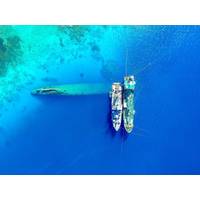
Oil Removed from WWII Era Shipwreck
it for disposal or recycling at the conclusion of the operation. The oil tanker vessel Humber was selected.(U.S. Navy photo by LeighAhn Ferrari)Humber, along with Military Sealift Command's (MSC) USNS Salvor were positioned directly above the ex-Prinz Eugen in order to effectively conduct the oil removal. This task was challenging because of the close proximity of the wreck to the neighboring shoreline which would not allow the ships to drop the shoreward anchors due to shallow depth. Ultimately, SUPSALV arranged for use of the U.S. Army Garrison - Kwajalein Atoll's harbor tug Mystic to collect
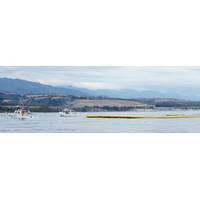
US Orders Owner to Clean Up Ruptured Pipeline
have been used, and 10,060 gallons of oily water have been recovered from skimming operations. Crews on land have removed 310 cubic yards of oiled vegetation, 760 cubic yards of oiled sand and 2,610 cubic yards of oiled soil. Today’s compliance order requires Plains to: Continue oil removal and site control operations currently underway until a work plan is approved Submit to the Coast Guard and EPA and by June 6 a written work plan for response activities, including plans for sampling and analyzing air, water, rocks and soil Ensure no more oil is released into the environment
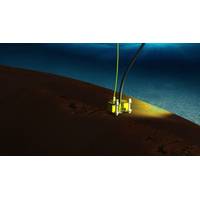
New Tool for Recovering Oil from Sunken Wrecks
;s quest to find a solution and the two organizations joined forces with the backing of Innovation Norway, a government-sponsored research and development organization. It was through a combination of engineering skill and original thought that Miko was able to create the Moskito oil removal system. The name of the tool was the inevitable consequence of its working similarity to the unpopular insect. Just like the insect it has to be light, versatile and adaptable because when a ship settles on the seabed there is no knowing how its tanks will come to rest. However, with a visual
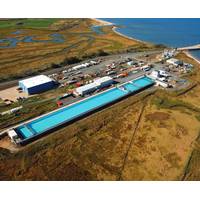
BSEE's Ohmsett Facility Receives US$4-Million Grant
will provide for infrastructure resiliency improvements at the bureau's national oil spill response research and renewable energy test facility, Ohmsett, located at Naval Weapons Station Earl in Leonardo, N.J. The Ohmsett facility includes the nation’s largest saltwater tank used for testing oil removal technologies, providing unique research and applied training capabilities. After Hurricane Sandy, BSEE quickly worked to complete a thorough damage assessment of the facility and complete necessary repairs in order to return it to operational status. This project at Ohmsett will make improvements
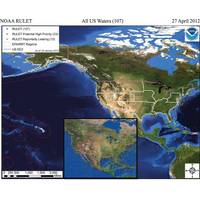
Oil Pollution Risk Assessment
still has an identifiable owner, that owner is responsible for the cost of cleanup. If no responsible party exists, the Oil Spill Liability Trust Fund would likely be accessed. Selecting any vessel for proactive response requires further analysis including spill trajectory studies and monitoring or oil removal feasibility studies. While the salvage industry and oil spill response organizations have demonstrated great advancements in underwater oil removal technologies, in many cases the best alternative may not be removal of oil, but rather to monitor the wreck and plan for potential spills. The cost
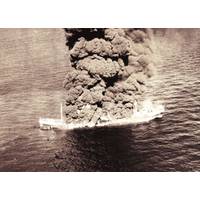
NOAA Report Examines Shipwreck Oil Pollution Threat
this group, NOAA determined that 36 shipwrecks are candidates for a “Worst Case” discharge event in which the shipwreck’s entire fuel oil and oil cargo would be released simultaneously, and recommended that 17 of these wrecks be considered for further assessment and feasibility of oil removal. Six wrecks are potential candidates for a “Most Probable” discharge event, where a shipwreck could lose approximately 10 percent of its fuel oil or oil cargo. To date, known oil discharges from shipwrecks are typically in the “Most Probable” category or smaller. The
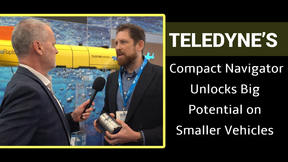
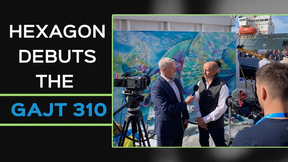
 February 2025
February 2025





